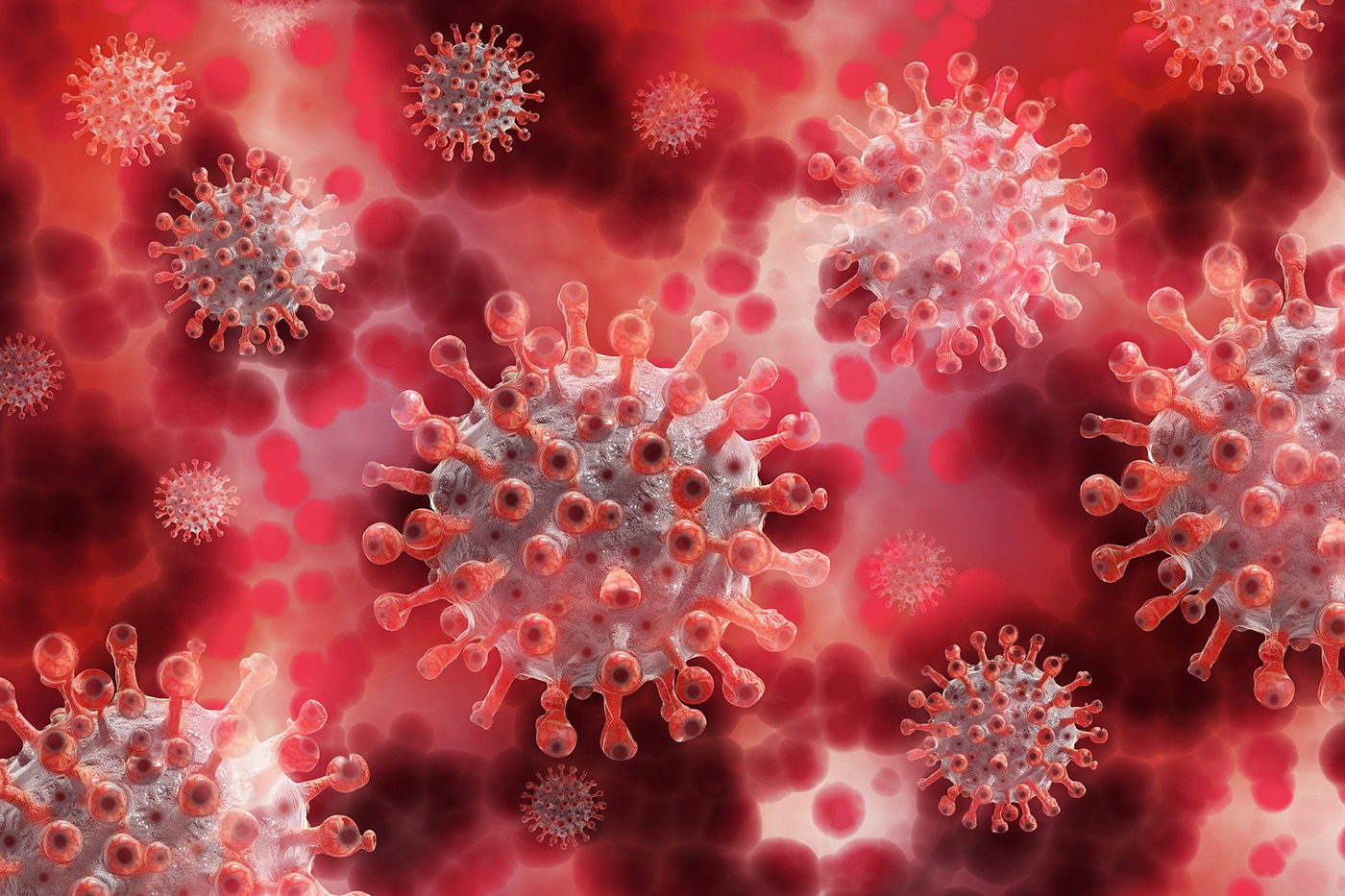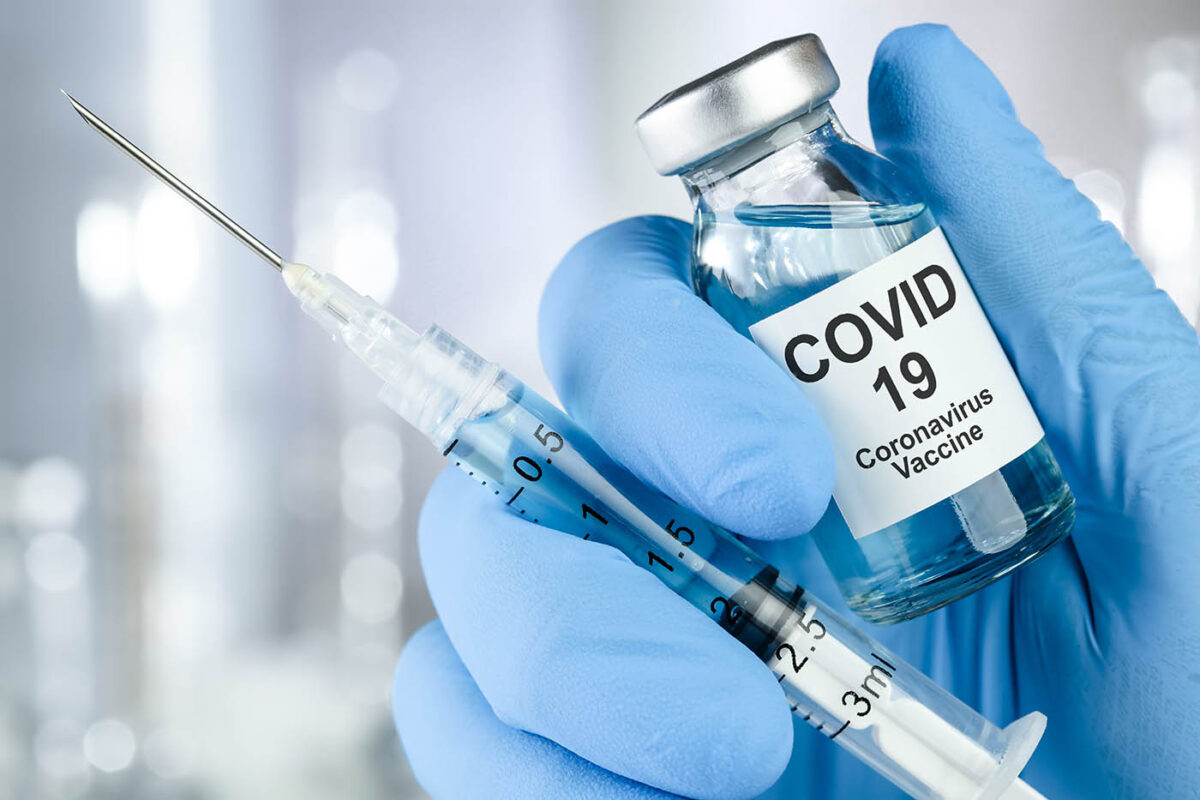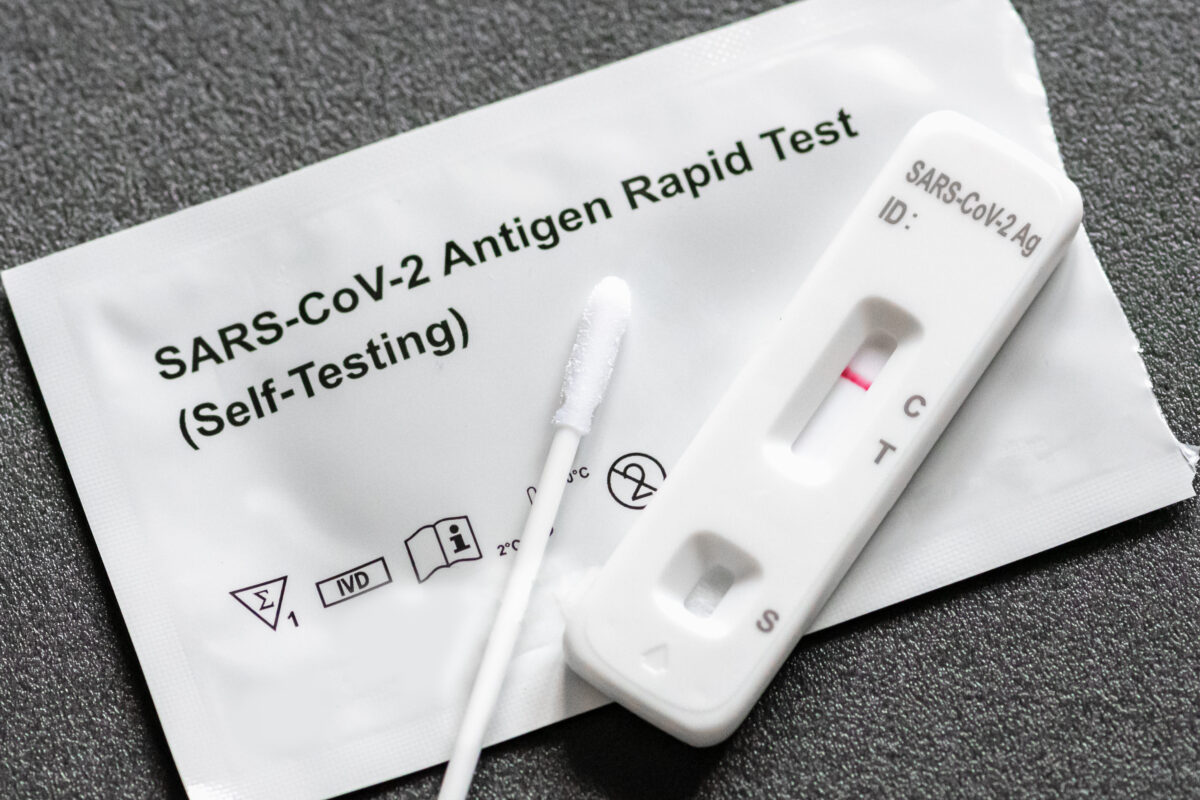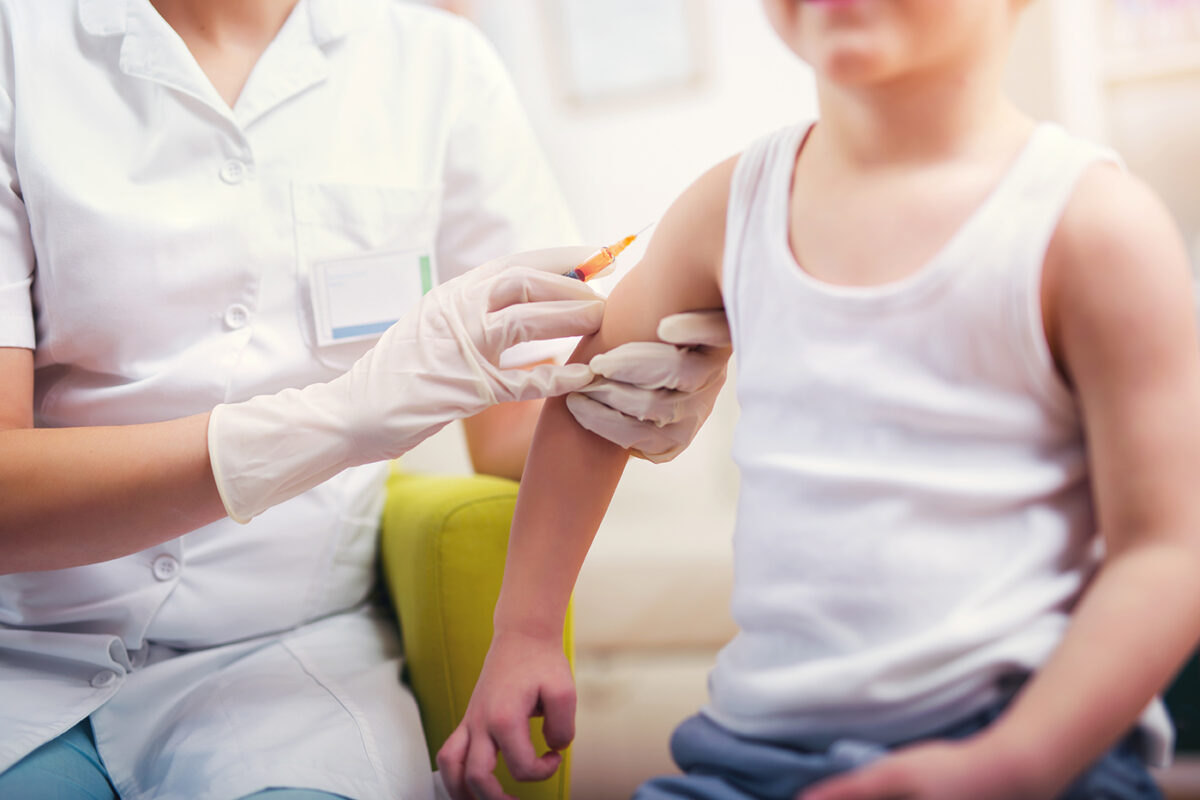
The COVID-19 pandemic has changed the way we talk about public health, and for many of us, that has included introducing a number of new terms into our everyday vocabularies. Over the past two years, our team has documented and defined terms used by public health officials in discussions about the global pandemic. The following is a list of some of the terms we’ve defined that continue to come up in conversations about COVID-19.
• Antigen Test — Antigen tests are used to diagnose active coronavirus infections and yield results more quickly than polymerase chain reaction, or PCR, tests. Their ease of use and faster results mean they often can be self-administered at home. However, they may have higher false negative rates.
• Antiviral — Antivirals are a class of drugs used to treat infections caused by viruses. Remdesivir is an example of an antiviral drug that has been used as a treatment for COVID-19.
• Breakthrough Infection ― A breakthrough infection occurs when a person tests positive for a virus despite being vaccinated against the virus. Although the COVID-19 vaccines are highly effective, none of them is 100% effective, so breakthrough infections have occurred.
• Clinical Trial — A clinical trial is a type of study in which researchers test novel medications, vaccines, and other treatments to prevent, detect, or treat a disease.
• Community Spread — Community spread, or community transmission, occurs when people become infected with an illness in a certain area, and the source of the infection is unknown.
• Contact Tracing — Contact tracing includes identifying, assessing, and managing people who have been exposed to a contagious disease to prevent further transmission.
• Convalescent Plasma — This term refers to blood from people who have recovered from an illness and, as a result, have antibodies in their blood. Convalescent plasma from people who have recovered from COVID-19 has been used in experimental treatments of the disease.
• Crisis Standards of Care ― This term refers to a substantial change in a healthcare facility’s usual healthcare operations and the level of care it is possible to deliver, made necessary by a pervasive or catastrophic disaster. Some U.S. hospitals have temporarily adopted crisis standards of care at various times during the COVID-19 pandemic.
• Effectiveness, Efficacy — In the context of vaccines, efficacy is defined as how well a vaccine performs under the ideal conditions of a controlled trial, while effectiveness refers to how well it performs under “real-world” conditions.
• Emergency Use Authorization — Short of full approval, one pathway for emerging treatments or vaccines to become available, particularly in response to a pandemic, is through emergency use authorization from the Food and Drug Administration (FDA). For example, the FDA granted emergency use authorization to the Pfizer-BioNTech COVID-19 vaccine on Dec. 11, 2020, and granted full approval to the vaccine on Aug. 23, 2021.
• Endemic ― An endemic disease is one that is commonly found in a specific population or region. It is different from a pandemic disease, which covers an entire country or, as in the case of COVID-19, the world. Many public health experts believe that COVID-19 will never be completely eliminated but could become endemic.
• Excess Deaths — Excess deaths can be simply defined as the difference between the observed number of deaths during a specific time frame and the expected number of deaths during the same period. Excess death estimates can help provide a fuller view of the impact of a pandemic than official death totals.
• Herd Immunity — This term refers to the point at which enough members of a community become immune to an infectious disease, such as COVID-19, to decrease its spread.
• Reactivation, Reinfection — Reactivation occurs when a person who appears to have recovered from a virus still has small amounts of the virus within their body and develops new symptoms. Reinfection, on the other hand, occurs in someone who has fully recovered and later becomes infected again.
• Reproduction Number, R0 — The reproduction number ― also expressed as R0 (pronounced “R naught”) ― represents the average number of additional cases that an infected person is likely to cause during the infection period. The higher the number, the more difficult it is to control the spread of the disease.
• Test Sensitivity — In medical diagnostic testing, sensitivity measures how often a test generates a positive result for people who actually have a certain condition.
• Test Specificity — Test specificity measures a test’s ability to generate a negative result for people who do not have the condition. It is also known as the true negative rate.
• Variant — When a virus enters our bodies, it uses our cells to create copies of itself. As more people become infected, small copying errors occur, called mutations. As these mutations take place, new versions of the virus develop and these become known as variants.
• Viral Shedding — This occurs when a virus is released from an infected host. Studying viral shedding is helpful in understanding how infectious diseases like COVID-19 spread.






